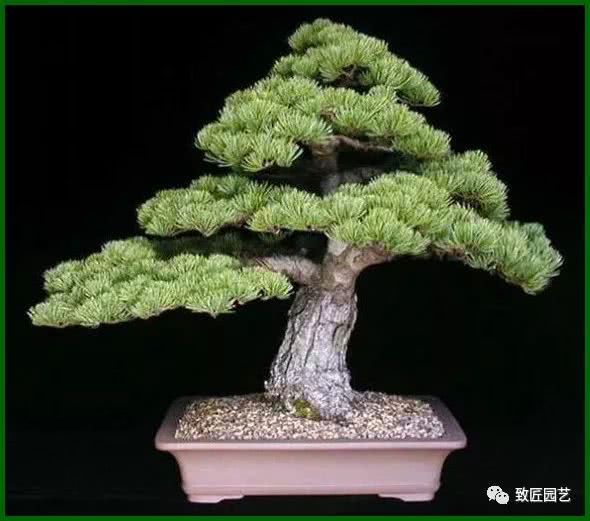Anhui intangible cultural heritage-Hui style bonsai

Hui style bonsai began in the Southern Song Dynasty, flourished in the Ming and Qing dynasties, and enjoyed a high reputation for a long time. It is one of the traditional schools of Chinese bonsai with a history of more than one thousand years. It was one of the main schools of bonsai in China at that time. Hui style bonsai has an early origin, a long history, unique modeling skills, known as "silent poetry, three-dimensional painting", with strong regional characteristics, is an important part of Hui culture, as famous as she inkstone and Hui ink.
The main features of Hui style bonsai are "ancient, strange, natural, vigorous, dignified and elegant". Hui style bonsai composer is natural, primary and secondary, skillful and clumsy, suitable for hiding; trunk modeling highlights the simple, ancient sense of vicissitudes; branch and leaf cutting focuses on dexterity and elegance, often seeking ingenuity with clumsiness, and being clumsy with ingenuity. Through ingenious treatment, each work forms different artistic viewpoints of upper, middle and lower, left, middle and right, giving people an organic, unified and harmonious overall aesthetic feeling. The main shapes are: Dragon type, twist type, three-table type, welcome type, round table type, pimple type, split dry type, dry type, cliff type, root type and so on. Among them, the dragon-style plum pile is the representative style of Huizhou bonsai, which pays attention to neat beauty, symmetrical beauty and solemn beauty.
Wonderful content
- Prev

The wind blows the autumn shadow and spits the fragrance of sweet-scented osmanthus in October
In autumn, sweet-scented osmanthus should be in full bloom, fragrant, full of golden flowers and jade buds, coinciding with mid-autumn, when autumn is in full bloom, when the night is in full circle, enjoy the wine, Chen fragrance to the nostrils, refreshing.
- Next

A scene in the palm of the hand takes the world
Do you like this article? Share it now and let more people know! The content of this site is rich, extensive and profound.
Related
- Wuhan Hospital Iron Tree Blooming Result Was Instantly Frightened by the Gardener Master
- Which variety of camellia is the most fragrant and best? Which one do you like best?
- What is the small blue coat, the breeding methods and matters needing attention of the succulent plant
- Dormancy time and maintenance management of succulent plants during dormancy
- Minas succulent how to raise, Minas succulent plant pictures
- What are the varieties of winter succulent plants
- How to raise succulent plants in twelve rolls? let's take a look at some experience of breeding twelve rolls.
- Attention should be paid to water control for succulent plants during dormant period (winter and summer)
- Watering experience of twelve rolls of succulent plants
- Techniques for fertilizing succulent plants. An article will let you know how to fertilize succulent plants.

